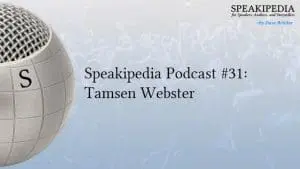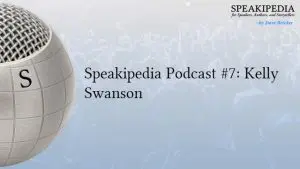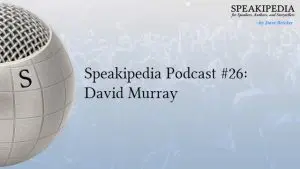In part 1 we defined the transformation. By knowing how we want our audience to think, feel, or act differently after they’ve seen our presentation, we can tailor our content to helping them achieve those goals.
In part 2, we mapped out the journey. What steps can they take—what elements do they need to rethink or discover—that will enable them to achieve that transformation?
Now that we have a well-defined benefit to offer and a way the audience can realize that benefit, we can write opening lines that get the audience interested in taking the journey.
Why should they be interested?
What conflicts are they facing that we can help resolve?
And why are we well-suited to offer deliverance?
See what I did there? I didn’t lecture you about what goes into the opening of a speech.
I asked you questions that invite you to think.
If you don’t have the answers and you think that having them will make you a more effective speaker, I probably got your attention.
Or try labeling potential audience objections up-front.
Do you think peanut butter and jelly sandwiches are boring?
Yeah, I used to think that, too.
But what if I told you that a properly prepared P,B, and J could save you time, tantalize your taste buds, and turn lackluster lunchtimes into healthy, nutritious, and energizing mid-day meals?
Or try a factoid (and yes, this is real. I found it on USA today):
According to Brittany McDonald, a certified nutritionist, “Healthy carbs from the grains, healthy fat and protein from the peanut butter, and fruit from the jelly make a good P, B, and J add up to a balanced meal!”
Or perhaps you have a story to share about a time when you were surprised to discover that a well-made PBJ sandwich could give you the stamina you needed to get through a tough day.
A good opener lets the audience know you have benefits to offer—transformation and not just information.
It gives them reasons to pay attention. Your speech isn’t about sandwiches; it’s about their health, energy levels, and gastronomical experiences.
And since we defined the transformation first and the road to get there second, there’s little chance your speech will start in one place and wander off toward another.
Read How to Structure a Speech Part 1
Read How to Structure a Speech Part 2





